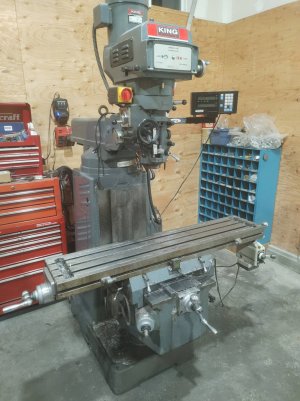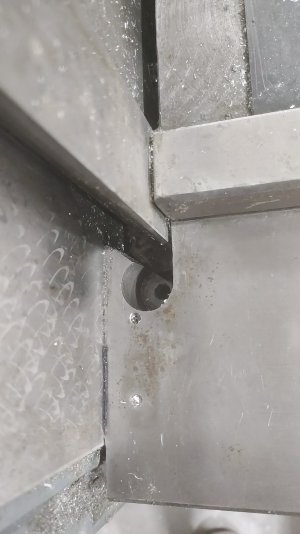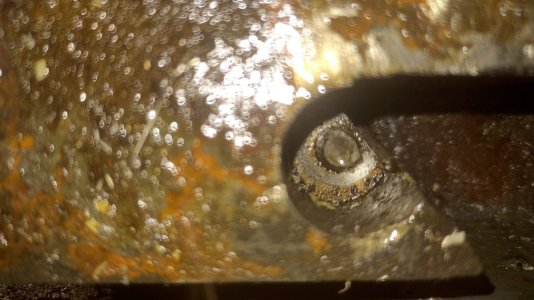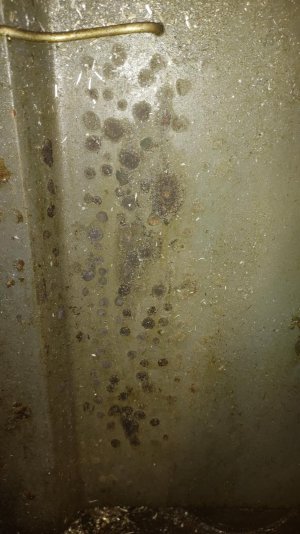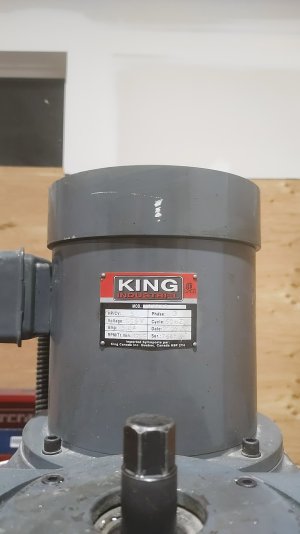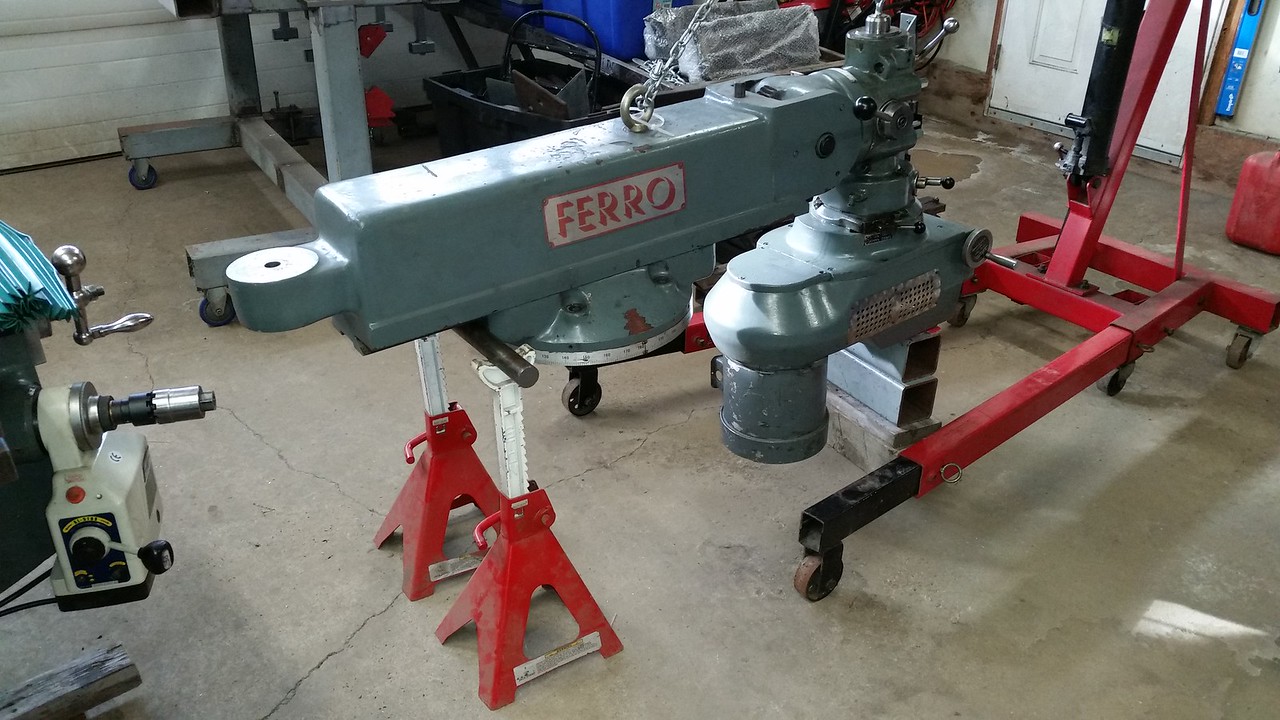So I picked up my first mill it's a king 1050vs and for the most part seems in good condition not that old, used in low production environment and comes with dro and power feed head and table and some light abuse.
Anyways long story short the gib is stuck In the knee and they broke gib lock screw and lost the tightening screw 🙁 and looks like an attempt to free it up has been made and was unsuccessful hopefully resulting in no real damage but I will not know untill I investigate further.
So currently looking into the various ways people have solved this issue and seems to be few different methods but this one has been highly recommended https://www.practicalmachinist.com/forum/threads/knee-stuck-gib-is-jammed.141376/
So I would like to get some input from more knowledgeable people. Maybe learn a thing or too and hopefully come out the other side not any worse off.
I figure if I'm gonna go threw a bigger disassembly I may aswell clean the mill and get it all happy again as it appears the shipping coating was never fully removed on some surfaces and maybe wasn't oiled as much as it could have been. So I would like advice on cleaning as well. I plan on just using kerosene and brass brush to do most cleaning.
Also wouldn't mind some input on 220v single phase to 600v 3 phase VFDs as I think I would like to go down VFD route but I'm curious what others have done with success for the 600v motors
Anyways here is some pictures for your viewing pleasure.
Anyways long story short the gib is stuck In the knee and they broke gib lock screw and lost the tightening screw 🙁 and looks like an attempt to free it up has been made and was unsuccessful hopefully resulting in no real damage but I will not know untill I investigate further.
So currently looking into the various ways people have solved this issue and seems to be few different methods but this one has been highly recommended https://www.practicalmachinist.com/forum/threads/knee-stuck-gib-is-jammed.141376/
So I would like to get some input from more knowledgeable people. Maybe learn a thing or too and hopefully come out the other side not any worse off.
I figure if I'm gonna go threw a bigger disassembly I may aswell clean the mill and get it all happy again as it appears the shipping coating was never fully removed on some surfaces and maybe wasn't oiled as much as it could have been. So I would like advice on cleaning as well. I plan on just using kerosene and brass brush to do most cleaning.
Also wouldn't mind some input on 220v single phase to 600v 3 phase VFDs as I think I would like to go down VFD route but I'm curious what others have done with success for the 600v motors
Anyways here is some pictures for your viewing pleasure.

